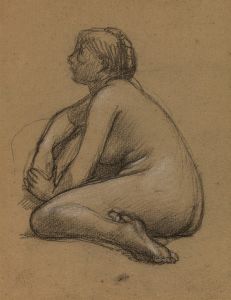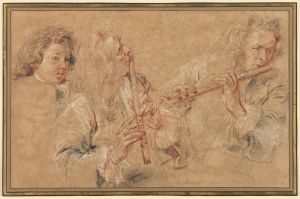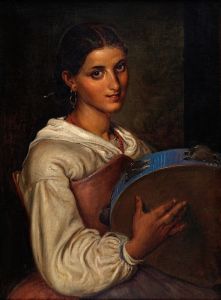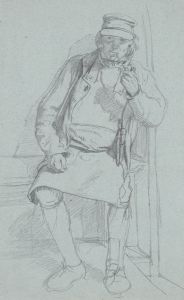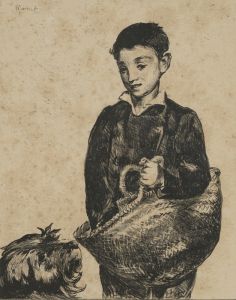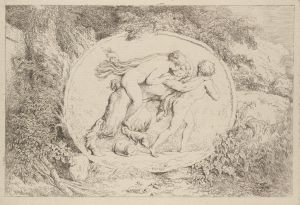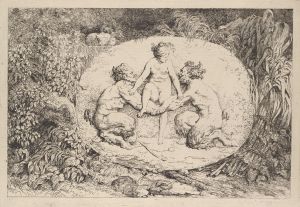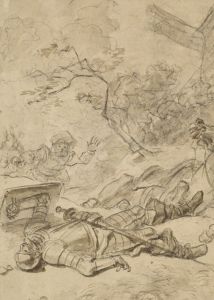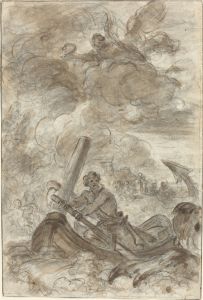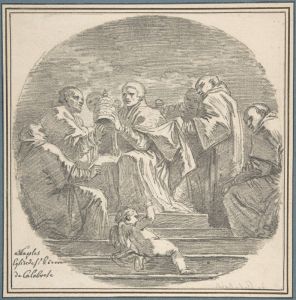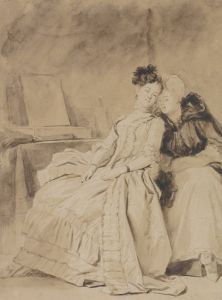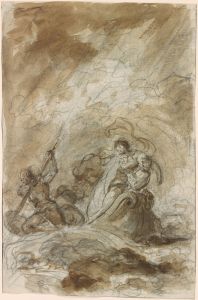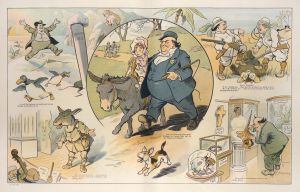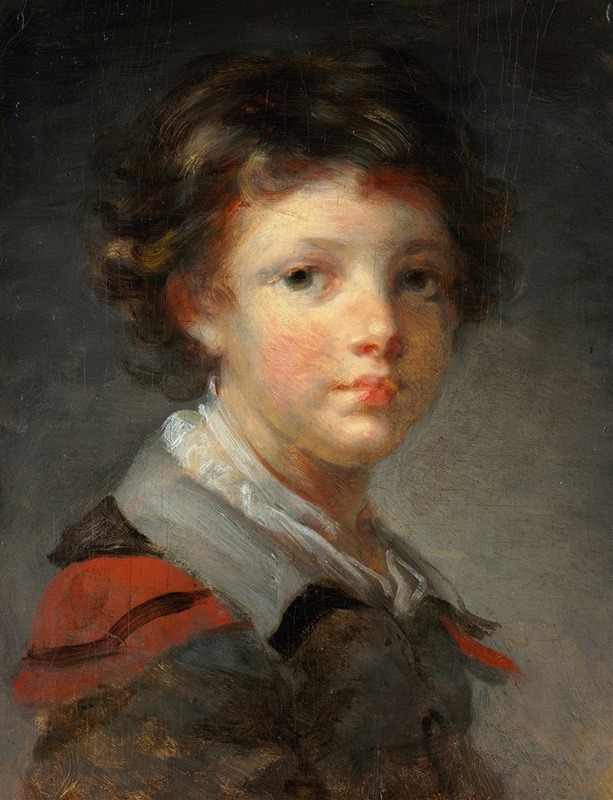
A Boy in a Red-lined Cloak
A hand-painted replica of Jean-Honoré Fragonard’s masterpiece A Boy in a Red-lined Cloak, meticulously crafted by professional artists to capture the true essence of the original. Each piece is created with museum-quality canvas and rare mineral pigments, carefully painted by experienced artists with delicate brushstrokes and rich, layered colors to perfectly recreate the texture of the original artwork. Unlike machine-printed reproductions, this hand-painted version brings the painting to life, infused with the artist’s emotions and skill in every stroke. Whether for personal collection or home decoration, it instantly elevates the artistic atmosphere of any space.
Jean-Honoré Fragonard's "A Boy in a Red-lined Cloak" is a captivating example of the artist's skill in portraiture, showcasing his ability to capture the essence and personality of his subjects with a deft touch. Fragonard, a prominent French Rococo painter, is renowned for his exuberant and fluid style, which often features playful and romantic themes. Although he is best known for his genre paintings and scenes of frivolity, his portraits, such as this one, reveal a different facet of his artistic prowess.
"A Boy in a Red-lined Cloak" depicts a young boy, whose identity remains unknown, dressed in a cloak that is strikingly lined with red. The painting is characterized by Fragonard's signature loose brushwork and vibrant use of color, which bring a sense of life and immediacy to the canvas. The boy's expression is contemplative, with a hint of curiosity, inviting viewers to ponder his thoughts and the world he inhabits. The red lining of the cloak not only adds a dramatic flair to the composition but also serves to draw attention to the boy's face, which is softly illuminated, creating a focal point that captures the viewer's gaze.
Fragonard's technique in this painting exemplifies the Rococo style, with its emphasis on lightness, elegance, and an overall sense of movement. The use of color is particularly noteworthy; the red lining of the cloak contrasts with the more muted tones of the boy's attire and the background, creating a dynamic interplay that enhances the visual impact of the portrait. The brushstrokes are fluid and expressive, a hallmark of Fragonard's work, which allows for a sense of spontaneity and vitality.
The painting is believed to have been created during the latter half of the 18th century, a period when Fragonard was at the height of his career. During this time, he was highly sought after by patrons for his ability to capture the spirit of the Rococo era, with its focus on pleasure, beauty, and the ephemeral nature of life. While many of his works from this period are characterized by their playful and often erotic themes, "A Boy in a Red-lined Cloak" stands out for its simplicity and the introspective quality of its subject.
Fragonard's portraits, though less numerous than his genre scenes, are significant for their ability to convey the personality and mood of the sitter with economy and grace. In "A Boy in a Red-lined Cloak," the artist's skillful use of color, light, and composition come together to create a portrait that is both intimate and engaging. The painting is a testament to Fragonard's versatility and his keen understanding of human emotion, as well as his ability to translate that understanding onto the canvas.
Today, "A Boy in a Red-lined Cloak" is appreciated not only for its aesthetic qualities but also as an example of Fragonard's contribution to the art of portraiture. It reflects the broader cultural and artistic trends of the 18th century, while also offering a glimpse into the personal style of one of the period's most celebrated artists. The painting continues to be studied and admired for its technical brilliance and the subtlety with which it captures the essence of its young subject.





